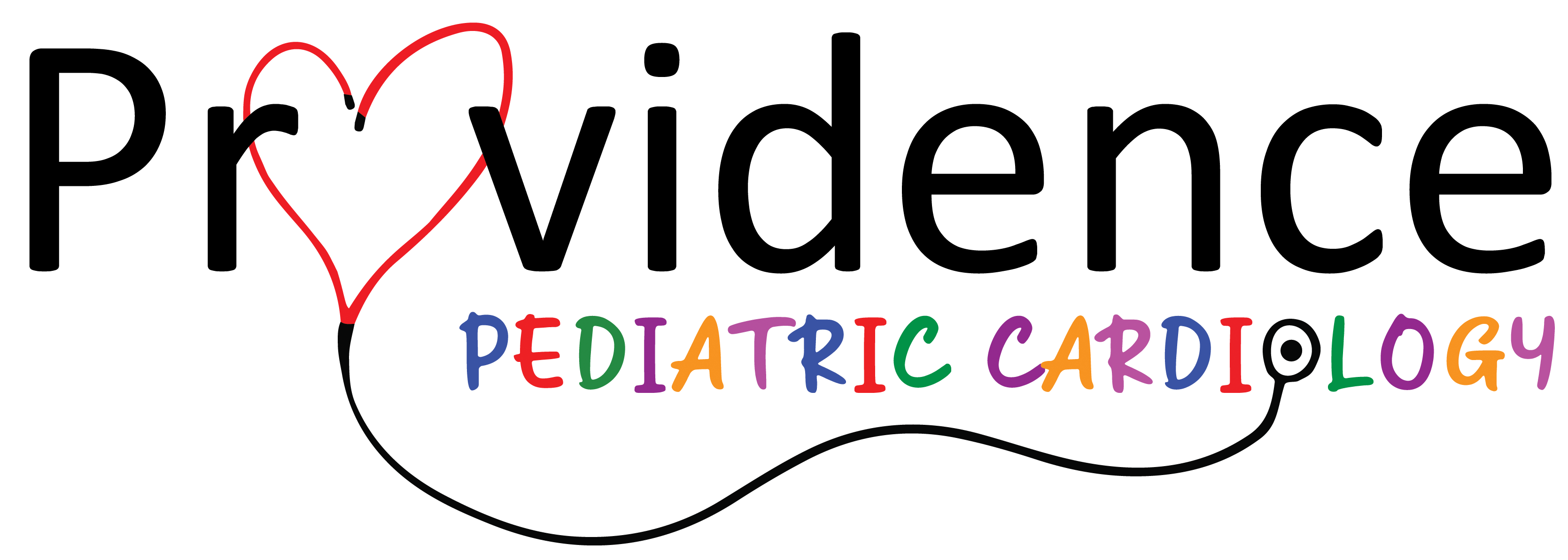What is an Echocardiogram (Echo)?
An Echocardiogram is also referred to as an Echo and it is an ultrasound of the heart. Ultrasound is harmless and does not involve any radiation. Putting it in simple terms, we send sound waves to your child’s heart using a small camera and the sound waves bounce back to our camera. Our machine then converts those sound waves into an image that we see on our machine’s screen.
Procedure:
In order for us to be able to see your child’s heart, he/she will need to remove their shirt. We will provide female patients with a gown for privacy. Your child must wear the gown with the opening at the front for us to have easy access to the chest so that we can obtain all of the necessary pictures. We will also cover the chest area with a towel/blanket. Below is a picture showing one of our rooms, our little volunteer, the echo machine and an echo being done by one of our pediatric echo sonographers.
We use sticky electrodes for our tests. Electrodes are little stickers that we will place on your child’s chest, arms and/or legs. We use electrodes that are sticky enough to stay on your child’s body during the test but not so sticky that it is painful to remove them.
Once the electrodes are in place, we will attach one wire to each electrode. This allows us to monitor your child’s heart rate during the test and will not cause any pain or discomfort to your child.
After we attach the stickers with wires to your child’s left shoulder, right shoulder and right side of his/her belly we get started with the actual echocardiogram. We use a probe, which is a small camera that is attached to our ultrasound machine. This camera allows us to see your child’s heart. We use different sizes of cameras depending on the size of your child.
We will also need to use a small amount of ultrasound gel on both the chest and probe (camera). Our gel bottle warmer keeps the temperature of the gel at approximately 37*C so that it is comfortable for our patients. The gel allows us to slide the camera on the chest and belly so is it easier to get the pictures and more comfortable for your child. It is also used as a contact medium between the probe and the skin. It’s a water based gel, baby blue in colour and it does not have any smell or side effects. It is similar to the gel some people use while styling their hair but with no chemical base.
The probe and gel are used on 4 different areas of your child’s chest and belly, moving the camera slightly up, down, left and right. Your child may feel a bit of pressure but it should not be painful.
The first pictures we take are from your child’s belly. We may ask them to bend their knees up in order to relax the abdominal muscles so that we may see the structures clearly. The second and third area are of your child’s chest and more specifically the left side. Lastly, we take a set of pictures from your child’s neck, under the chin area. For these last pictures, we may ask you to show your child a video on your phone or shake a toy up higher over their head so that we are able to get these final pictures.
We have Netflix and Wifi in the clinic and are happy to put a program of your child’s choice on to help keep them entertained during the echo.
Once we are done, we will wipe off the gel using soft paper towels or tissue paper.
You can find many informative videos on internet, here are a couple for example:
